Reporter of Industry and Trade Newspaper talked with Dr. Cao Anh Duong - Director of Sugarcane Research Institute - to better understand the challenges the sugarcane industry is facing and have effective measures to strengthen the production chain to regain the domestic sugar market.
Can you give us the "big picture" of the sugar industry in recent years and the upcoming sugarcane crop of 2023/2024?
Since the Ministry of Industry and Trade issued Decision 1578/QD-BCT dated June 15, 2021 applying anti-dumping tax on cane sugar originating from Thailand and Decision 1514/QD-BCT dated August 1, 2022 on applying measures to prevent evasion of trade defense measures on some cane sugar products originating from Thailand, imported into Vietnam through Cambodia, Laos, Indonesia, and Myanmar, the Vietnamese sugar industry has gradually recovered.
From sugarcane output of 6.7 million tons of sugarcane and 687.6 thousand tons of sugar in the 2020/2021 crop, it increased to 7.5 million tons of sugarcane and 748.1 thousand tons of sugar in the 2021/2022 crop; 9.6 million tons of sugarcane and 935.1 thousand tons of sugar in the 2022/2023 crop, up to 10.9 million tons of sugarcane and 1,147.61 thousand tons of sugar in the 2023/2024 crop.
The 2023/2024 sugarcane crop is the first time Vietnam has achieved a yield of 6.8 tons of sugar/ha, the highest level in the ASEAN region, higher than the other three main sugar producing countries in ASEAN: Thailand (5.98 tons/ha), the Philippines (4.81 tons/ha) and Indonesia (4.56 tons/ha).
 |
| Dr. Cao Anh Duong - Director of Vietnam Sugarcane Research Institute. Photo: Provided by the character |
What is the current supply and demand situation of the sugar industry , sir?
According to Agromonitor/Viettaders, Vietnam's total sugar consumption demand is currently about 2.18 million tons/ha, of which 40 - 45% is for direct consumption, the rest is through industrial processing products and more than 60% of Vietnam's total sugar consumption demand is in the Southwest, Southeast and Ho Chi Minh City regions.
Regarding supply, according to Agromonitor/Viettaders, the Vietnamese sugar industry currently produces and meets only 39% of consumer demand; 45% is from imported sugar, the rest is smuggled sugar and trade fraud.
The sugar market is in a constant state of oversupply. This is an extremely unusual situation when sugar cane production, although increasing, has not yet recovered to its previous normal production level, making it almost impossible to sell.
In particular, there has been a boom in imports of HFCS and smuggled sugar originating from Thailand across the southwestern border with Cambodia and Laos. Smuggled sugar, essentially dumping sugar, has taken over the already shrinking sugar market due to HFCS. Domestic sugar prices have fallen and are low compared to sugar prices in the region’s sugar-growing countries (Indonesia, the Philippines and China).
Up to this point, the impact of dumped sugar on the sugarcane production chain has been extremely serious. Since the end of the 2023/2024 crushing season, almost all factories have been unable to sell sugar produced from sugarcane because the market has been dominated by smuggled sugar.
The situation has reached an urgent alarm level. Because if this situation continues, the factories will not be able to consume all the sugar produced before the new crushing season of 2024/2025, scheduled for November 2024. Not only that, if they sell to clear the warehouse, they will be forced to sell below the production cost, leading to losses and certainly the factories will not be able to maintain the purchase price of sugarcane for farmers in the upcoming crushing season.
Over the years, the Vietnamese sugar industry has always faced many difficulties and challenges . So, what are those specific challenges, sir ?
The main challenges of the Vietnamese sugar industry in recent years and at present are: International integration in the context of the fluctuating world sugar market due to intervention policies and international trade fraud. The governments of many sugar producing countries in Southeast Asia and neighboring Vietnam have had policies to intervene in the production and consumption of sugar products. Among them, there are major sugar producing countries in the ASEAN bloc such as Thailand, the Philippines, Indonesia and two countries that share a border with Vietnam, Laos and Cambodia. The policies applied by these countries have a great influence on the sugar production situation in Vietnam.
The market for sugar produced from sugarcane has been narrowed due to the increase in imports of liquid corn syrup (HFCS). Most of the liquid corn syrup imported into Vietnam is HFCS-55 - a liquid sugar containing 55% fructose and 45% glucose, which is 25-60% sweeter than sugar and has actually taken over the sweetener market share in the beverage industry, causing the Vietnamese sugar industry to have almost no sugar orders from this industry, and the sugar market share in the beverage industry in the 2023/24 crop year has dropped to its lowest level in recent years.
Unhealthy business environment of sugar industry: Smuggled sugar and sugar products that violate the law on product labeling and traceability are being dumped and circulated freely, without strict control, causing domestic sugar production, which is the output of sugarcane, to be narrowed, cutting off the sugarcane chain. In addition, there is a phenomenon of some large enterprises that are dominating the domestic sugar market often holding back the price increase, causing sugar shortage and pushing prices up abnormally.
The analysis of sugar content by sugar factories is not objective and transparent, and has not created trust with sugarcane growers. Sugarcane growers have almost no voice in negotiating, bargaining or making decisions on raw sugarcane prices.
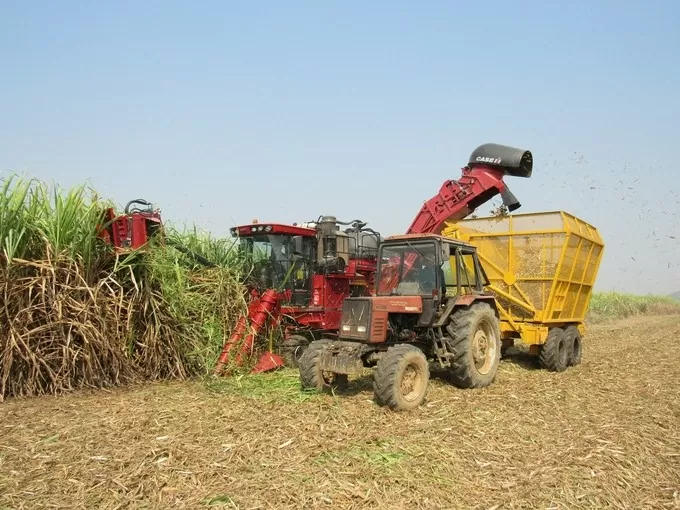 |
| Vietnam's sugar industry has seen a revival, but many challenges remain. Photo: Tuan Anh |
There is information that the situation of smuggled sugar is quite strong, causing many businesses in the industry to face difficulties in production and business?
According to annual statistics, about 600,000 tons of white sugar are traded across the Cambodia - Vietnam and Laos - Vietnam borders.
In essence, dumped sugar originating from Thailand passes through Cambodia and Laos into Vietnam. This phenomenon has been happening for many years. Before the sugar industry implemented ATIGA in 2020, Vietnam had 41 sugar factories. By 2021-2022, only 25 factories were operating, forcing more than 100,000 farming families to switch to other crops.
Many acts of commercial fraud involving smuggled sugar have been detected and handled by authorities in all provinces and cities across the country. However, many loopholes are being exploited by illegal traders.
To strengthen and develop the chain of linkages in sugarcane production , in your opinion, what tasks does the sugarcane industry need to focus on ?
To ensure sustainable development, the Vietnamese sugar industry needs to take appropriate measures to consolidate and develop the chain of linkages in sugarcane production, especially in the context of increasing crop competition in localities. Some orientations for the consolidation and development of the chain of linkages in sugarcane production during the crop year include:
Stabilize the income of sugarcane growers on the basis that sugarcane farmers enjoy a guaranteed sugarcane purchase price that covers production costs and makes a profit. At the same time, apply technological and technical solutions to reduce costs and increase productivity.
Apply solutions to support farmers in investing in planting and harvesting sugarcane based on policies to encourage the development of cooperation and association in the production and consumption of agricultural products.
Participate in stabilizing the sugar market because a stable sugar market is an important factor in ensuring the output of the sugarcane-sugar production chain on the principle of ensuring supply for the domestic market, harmonizing the interests of sugarcane growers, businesses and consumers.
Stabilize sugar prices at a reasonable level for consumers and do not let sugar prices exceed those of neighboring countries.
In the context of domestic sugar production from sugarcane not meeting consumption demand, it is inevitable to import more sugar from abroad. However, the government needs to build a legal corridor to strictly manage and control the source of officially imported sugar, in parallel with preventing smuggled sugar and trade fraud.
In particular, regarding the long-term strategic development orientation of the sugar industry, it is necessary to avoid the prospect that we, a country with all favorable conditions to produce and supply enough sugar for domestic consumption, even participating in export, become a country completely dependent on imported sugar sources like Malaysia, Taiwan (China), ... today.
It is necessary to control and deal with the phenomenon of sugar dumping that causes sugarcane output to be narrowed, breaks the sugarcane chain, or the behavior of holding down goods to increase prices, causing sugar prices to be pushed up abnormally,...
Thank you!
Source: https://congthuong.vn/dang-hoi-sinh-nhung-nganh-mia-duong-van-con-nhieu-thach-thuc-349322.html



![[Photo] President Luong Cuong awarded the title "Heroic City" to Hai Phong city](https://vphoto.vietnam.vn/thumb/1200x675/vietnam/resource/IMAGE/2025/5/13/d1921aa358994c0f97435a490b3d5065)


![[Photo] Prime Minister Pham Minh Chinh receives Ambassador of the French Republic to Vietnam Olivier Brochet](https://vphoto.vietnam.vn/thumb/1200x675/vietnam/resource/IMAGE/2025/5/13/f5441496fa4a456abf47c8c747d2fe92)
![[Photo] Many people in Hanoi welcome Buddha's relics to Quan Su Pagoda](https://vphoto.vietnam.vn/thumb/1200x675/vietnam/resource/IMAGE/2025/5/13/3e93a7303e1d4d98b6a65e64be57e870)





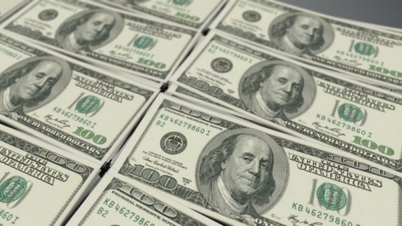



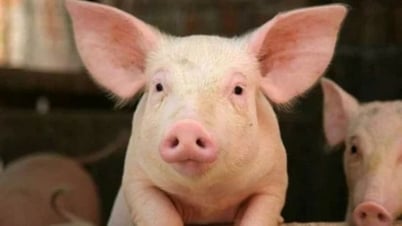

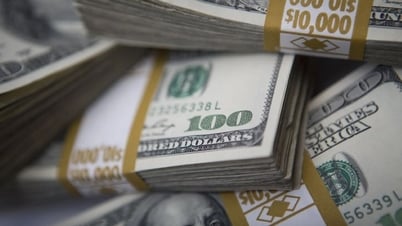
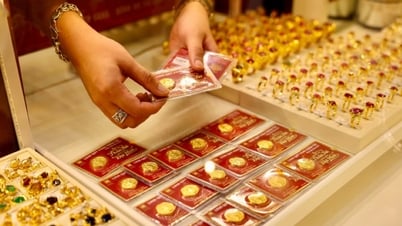






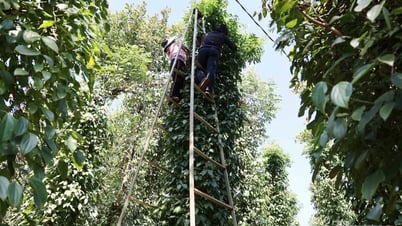
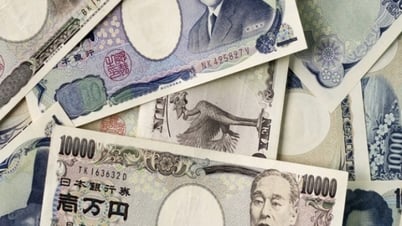

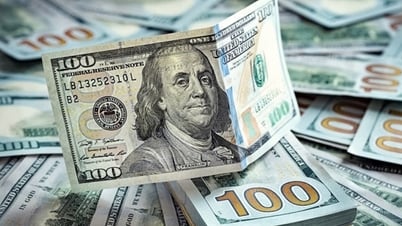




















































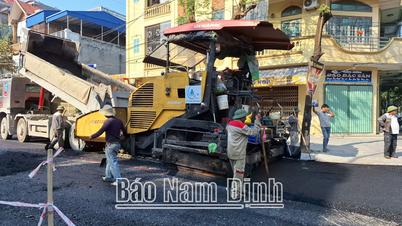

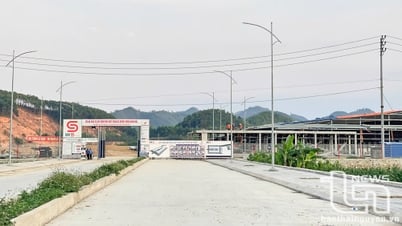



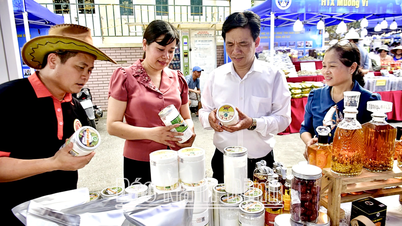












Comment (0)